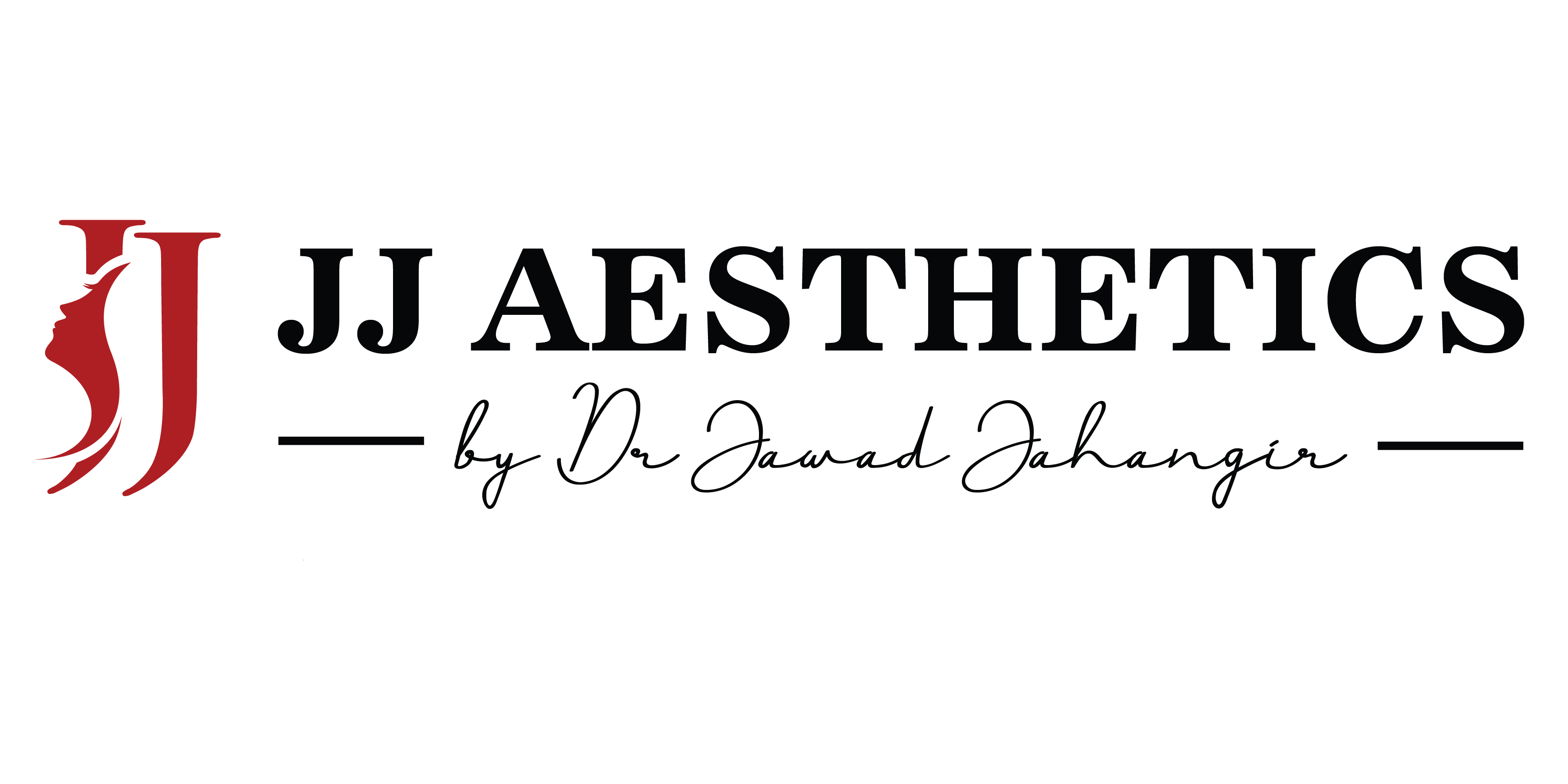Laser Assisted Lipo
Sculpting Elegance: JJ Aesthetics’ Best Laser-Assisted Liposuction
The process of getting your perfect silhouette in the field of body contouring is always being redefined by innovation. A cutting-edge procedure called laser-assisted liposuction provides a revolutionary answer by fusing accuracy with cutting-edge technology. We introduce you to the world of Laser-Assisted Liposuction at JJ Aesthetics, where artistry and science converge. This journey combines accurate fat removal with upscale aesthetics.

Experience JJ Aesthetics’ Laser-Assisted Liposuction Procedure
1. Cutting-edge technology: JJ Aesthetics’ Laser-Assisted Liposuction blends the strength of laser energy with the dexterity of liposuction. This cutting-edge method produces more precise and sculpted shapes by targeting fat removal and skin tightening.
2. Increased Precision: Laser-Assisted Liposuction is performed with outstanding precision by our qualified doctors. The intensity of the laser damages fat cells while encouraging the synthesis of collagen, producing smoother and more realistic-looking results.
3. Personalized Enhancement: At JJ Aesthetics, we are aware that every person’s body has a different shape. Our Laser-Assisted Liposuction procedures are customized to your unique anatomy in order to produce results that meet your cosmetic goals.
4. Smarter Recovery: Because the laser tightens the skin, the healing process may be made easier. You can get back to your habits more quickly with possibly less post-procedure discomfort.
5. Comprehensive Consultation: At JJ Aesthetics, we start your journey with a thorough consultation where we talk about your goals and develop a treatment plan that will make your vision a reality and produce outcomes that are in line with your ideals.
The Benefits of Laser-Assisted Liposuction include
Enhanced Fat Removal: The laser energy breaks down fat cells, making them more accessible for removal. This can result in smoother and more precise contouring, especially in areas with dense or fibrous fat.
Skin Tightening: The heat generated by the laser can stimulate collagen production in the skin, potentially leading to improved skin elasticity and firmness. This is particularly beneficial in cases where there is a concern about loose or sagging skin after fat removal.
Reduced Downtime: Some patients report less bruising, swelling, and discomfort compared to traditional liposuction methods, potentially leading to a quicker recovery period.
Precision: Laser-assisted liposuction allows for precise targeting of specific areas, making it suitable for delicate areas like the neck, chin, arms, and thighs.
Minimally Invasive: The small incisions required for the procedure are often discreet and require fewer stitches, resulting in minimal scarring.
Frequently Asked Questions
1. Q: How does laser-assisted liposuction differ from traditional liposuction?
A: Laser-assisted liposuction uses laser energy to break down and liquefy fat cells before removal, making the fat easier to extract. This differs from traditional liposuction, which relies solely on mechanical force to suction out fat deposits. Additionally, the laser’s heat can stimulate collagen production, potentially leading to improved skin tightening and contouring.
2. Q: What are the potential benefits of laser-assisted liposuction, particularly in terms of skin tightening and contouring?
A: Laser-assisted liposuction offers the dual benefit of removing excess fat while potentially promoting skin tightening. The laser’s energy can stimulate collagen production in the treated area, leading to improved skin elasticity and firmness. This can be especially advantageous in cases where loose or sagging skin is a concern.
3. Q: Who is an ideal candidate for laser-assisted liposuction? Are there specific areas of the body where this technique is more effective?
A: Ideal candidates for laser-assisted liposuction are those with localized fat deposits and relatively good skin elasticity. This technique can be effective for various areas such as the abdomen, thighs, arms, neck, and chin. However, a consultation with a qualified medical professional is necessary to determine individual candidacy based on factors such as medical history, skin type, and desired outcomes.
4. Q: What is the procedure like for laser-assisted liposuction? How is the laser energy used to target and remove fat cells?
A: In laser-assisted liposuction, a small cannula equipped with a laser fiber is inserted through tiny incisions. The laser energy emitted by the fiber interacts with the fat cells, causing them to break down and become liquid-like. This process, called lipolysis, allows for smoother fat removal. The laser’s heat can also promote collagen production, which may lead to skin tightening.
5. Q: What should individuals consider when weighing the advantages and potential risks of laser-assisted liposuction, and how can they determine if this technique aligns with their cosmetic goals and expectations?
A: Individuals should carefully consider factors such as their overall health, skin quality, desired outcomes, and potential risks when evaluating laser-assisted liposuction. Consulting with a board-certified plastic surgeon or a qualified medical professional is crucial to understanding the procedure’s benefits and limitations. They can provide personalized advice based on the individual’s anatomy and cosmetic goals, helping them make an informed decision.
Laser-Assisted Liposuction: Elevating Body Contouring to New Heights
For your aesthetic journey, JJ Aesthetics is aware of the value of customized solutions. A cutting-edge surgery called laser-assisted liposuction uses laser technology to improve conventional liposuction. Precision and innovation work together to produce smoother outcomes, more effective fat removal, and possibly faster recovery times.
Conclusion:
In a nut shell, compared to conventional liposuction techniques, laser-assisted liposuction has opened up new possibilities for patients in terms of improved outcomes, decreased discomfort, and speedier recovery times. We may anticipate future improvements to laser-assisted liposuction methods as technology advances, making this procedure an even more appealing choice for people who want to have an ideal body.
